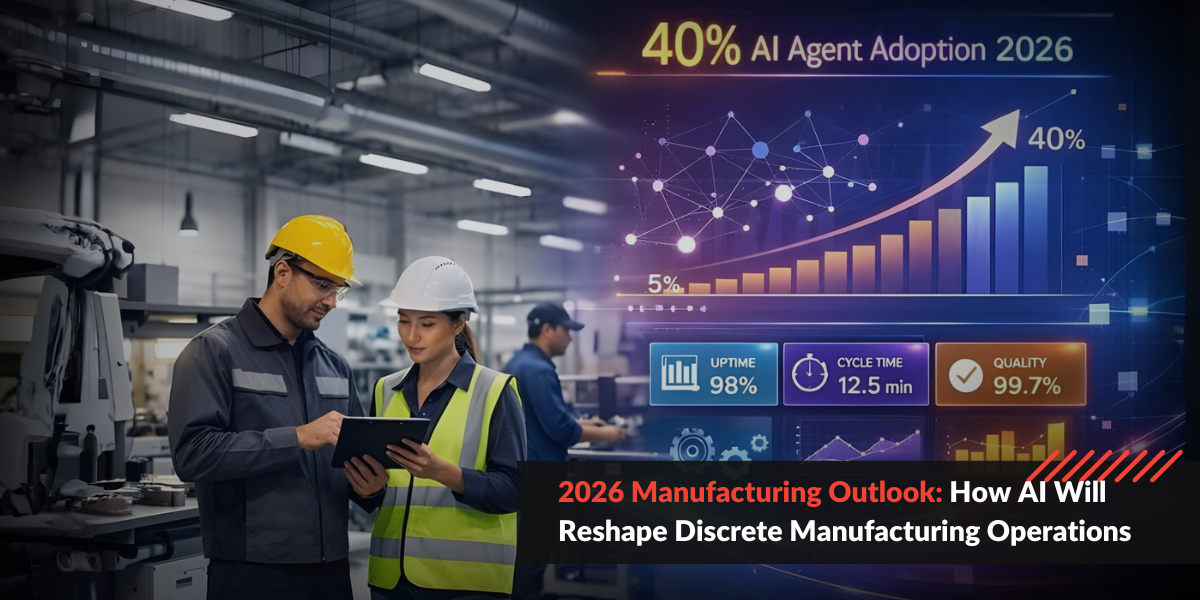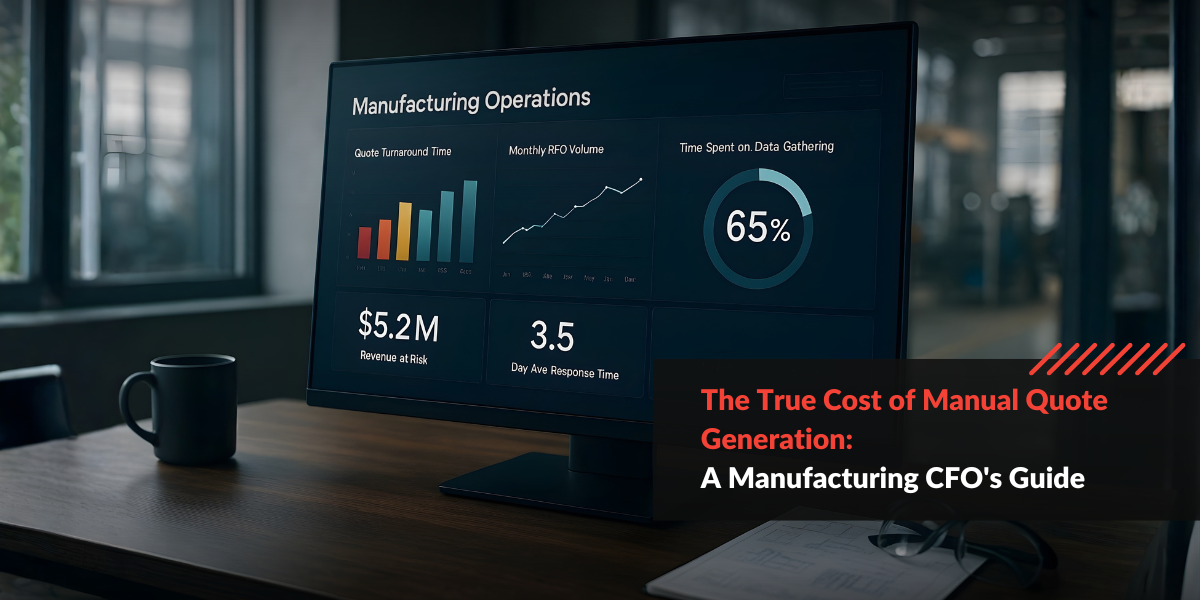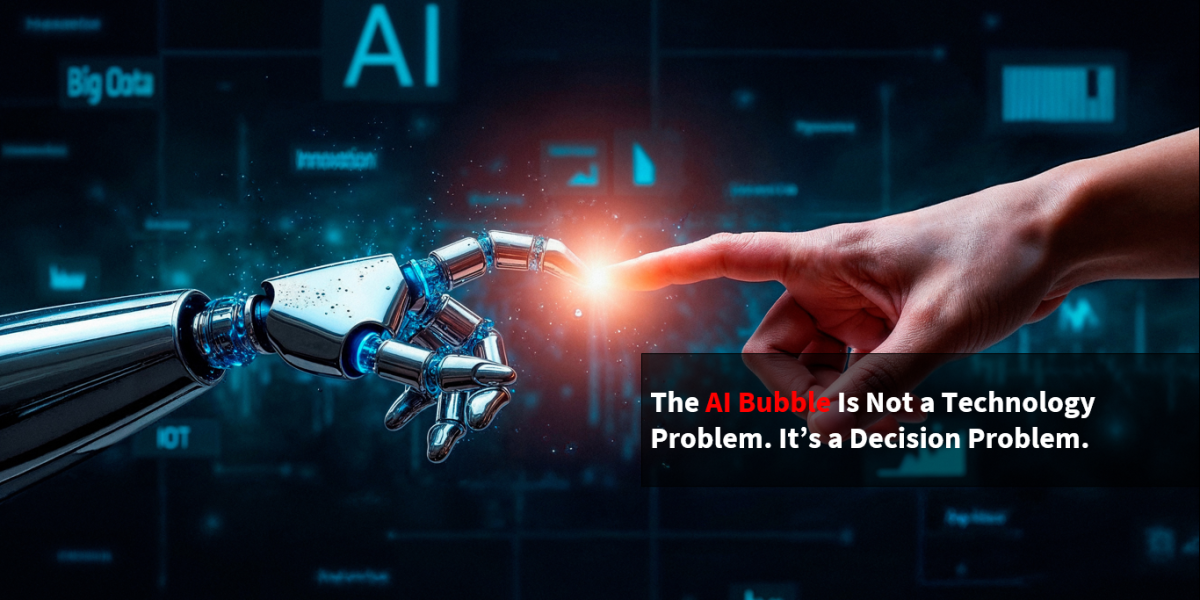The Lumbering Giants of Traditional ITSM
IT service management (ITSM) has long been at the heart of running effective IT organizations. However, many of the workflows that prop up critical processes like incident response, change approval, and service delivery have remained resistant to change over the past decade. They remain anchored in outdated modes like email driven approvals, spreadsheet tracking, and manual processes.
IT teams have crafted intricate workflows over years of adjustments and exceptions into these monolithic beasts that keep the lights on but continuously hinder the business. The promise of point solutions and basic scripting has only provided temporary relief for singular pain points instead of holistic transformation.
Most ITSM implementations were not designed for the rapid shifts now facing modern IT environments. As businesses embrace remote work and workloads shift to the cloud, there is a deep chasm between user expectations and what IT can deliver with aging tools. Our workflows must now keep pace with on-demand services, real-time communication, and customer experiences defined by consumer apps. But most enterprises still run IT like traditional manufacturing shop floors instead of the digital ecosystem required today.
Creaking at the Seams
All the seams are now showing in outdated IT services management approaches:
Service desks inundated by ever increasing incident volumes as infrastructure complexity explodes. Each environment is a snowflake drifting farther from core IT controls.
Business units establishing their own shadow IT solutions because they can spin up better services in the cloud faster than centralized IT teams.
High severity incidents plaguing business critical applications because fallback procedures rely on manual steps across disconnected teams.
Cloud spend ballooning out of control as new resources get constantly added but never optimized or decommissioned.
Safety regulations and external audits flunking due to lacking asset management tracking and security controls of IT resources.
Partial automation attempts help temporarily receives pressure but require unsustainable effort to chain together. Teams struggle to maintain all the script flows and exceptions defined outside core platforms.
Embracing True Digital Transformation
It has become imperative for technology leaders to find a better way towards mature IT service delivery or risk business erosion.
By embracing digital transformation capabilities growing more feasible today, IT organizations can make a giant leap forward instead of tiny incremental fixes:
Cloud services have reached sophisticated levels where solutions leveraging them enable new possibilities in adaptability, extensibility, and autonomy. IT leaders just need vision to harness them.
Advancements in process digitization tools have created intuitive platforms within reach for enterprises. Solutions utilize techniques like process orchestration, decision modeling, and AI to drive automation maturity.
A thriving ecosystem of modern solutions integrate directly with stalwart IT systems. This allows organizations to augment existing ITSM investments with automation capabilities transforming those old platforms under the hood.
By combining cloud services, workflow engines, and integration tools, IT leaders finally have the essential ingredients to overhaul ITSM. They can break down inefficient silos and rebuild IT workflows that enhance rather than constrain the business.
The Rise of Hyperautomation
That opportunity has crystallized in the hyperautomation movement. By integrating robotic process automation at scale with intelligence from machine learning, it becomes possible to digitally transform processes end-to-end instead of just scripting fatigue prone tasks.
IDC defines hyperautomation technology as tools including:
- Process discovery to map workflows
- Task mining to uncover how employees consume applications
- Automation engines to orchestrate processes
- Analytics to drive optimization
- AI capabilities for better decisions
These technologies coalesce into platforms that can rapidly automate manual efforts into orchestrated efficiency. Leading solutions open user-friendly cloud services like drag and drop workflow designers needing no code and full enterprise support.
Forrester estimates that up to 90% of organizations now have some form of RPA to streamline rote workflows. But those focused just on basic scripted bots struggle with limited scope and require armies of humans to maintain. By broadening automation expansion through augmented intelligence, hyperautomation solutions enable the bots to manage themselves.
For example, lease administration can be transformed by hyperautomation, as detailed in Escaping the Manual Lease Administration Nightmare Through Hyperautomation.
Driving Impact Where It Matters Most
The real power of hyperautomation for IT comes from identifying the intersections causing the greatest friction across users and technologies. Then surgically applying automation where it can make the biggest impact.
One financial services firm quadrupled their infrastructure provisioning speed by implementing a self-service portal allowing authorized users to instantly select reference architecture templates to build landing zones, configure networks and subnets, initialize log analytics and policies for governance automatically in the background. This didn’t require changing any of their core cloud platforms, just digitizing the workflow and approval process across them.
A hospital struggling with clinician burnout and patient experience issues built an automated intake questionnaire bot. It interviews patients on their condition, directs them to preregistered care pathways for appropriate diagnostic testing and follow-ups based on previous evidenced based cases. Doctors then get complete intake summaries reducing repetitive questioning burden so they can focus fully on the patient.
Retailers possess mountains of point of sale device data but limited view into the health of in-store systems. One organization developed an RPA bot that performs near real time log analysis across all endpoints. It proactively creates incidents for devices trending towards failure based on algorithms trained on the IT response history. This gives technicians advance warning to repair systems before impacting store sales.
These examples showcase practical starting points: cordoning manual swivel chair workflows and augmenting them with digital pathways to ease linked pain points. As these enhanced flows integrate more data triggers and AI decision capabilities, the solutions progress towards fuller hyperautomation maturity. But they crucially instill value immediately thanks to targeting primary workflow constraints.
Key Tenets for IT Rearchitecting
Because hype frequently surpasses reality with transformative tech, it helps distill core tenets for positive change:
Don’t Boil the Ocean – Not everything requires overhaul despite potential benefits. Target procedures generating the highest friction and reimagine those first with digital capabilities.
Start with the Human Experience – Technologists love to implement technology first and figure out use cases later. Ensure automation augments people’s inefficiencies not just IT systems.
Design Holistically – Individual solutions will struggle if not designed in concert to enable ecosystem gains. Model the collective workflow to transform not just isolated legs.
Enable Constant Change – Hardcoding pathways will just resurface agility issues downstream. Continually mine process analytics to reveal evolving digitization opportunities.
Put Metrics First – If you can’t measure where automation is helping solve for better key performance indicators, then it will inevitably be shelfware.
Building Next Generation Workflows
By instilling these focal points, IT leaders can leverage hyperautomation as the missing puzzle piece to finally put outdated workflows out to pasture. The vital characteristics of resilience, intelligence, and user centricity can get baked into services instead of duct taped onto decrepit processes.
With cloud reaching ubiquity and process analytics providing blueprint templates into current constraints, now is the time to future proof ITSM with an age of enlightened automation. Whether improving self-service access, intelligent incident processing, automated knowledge capture or real-time asset tracking, hyperautomation lifts IT from reactive doomsday machines to proactive digital accelerators for the business.
The technology pieces are here. The burning platform established. Now IT executives must push past pilot purgatory towards becoming chief digital officers rearchitecting services transformed not just incrementally efficient. By infusing hyperautomation into ITSM, the next generation of workflow possibilities await.
This kind of intelligent adaptability isn’t confined to IT. In hospitality, flexible tech stacks and automation are helping businesses respond in real time to guest needs- proving that hyperautomation’s principles have wide-ranging, cross-industry relevance.”




